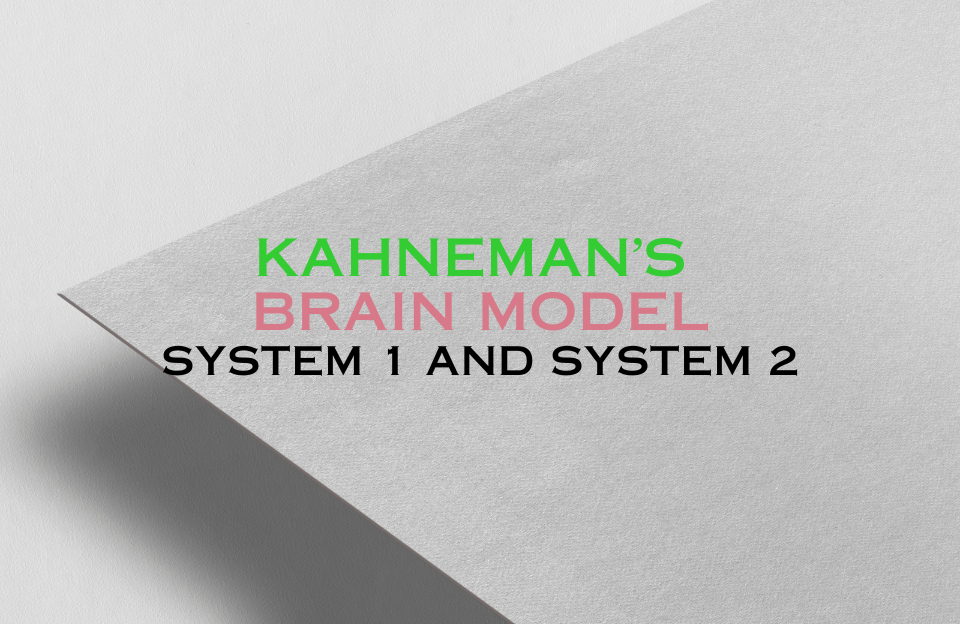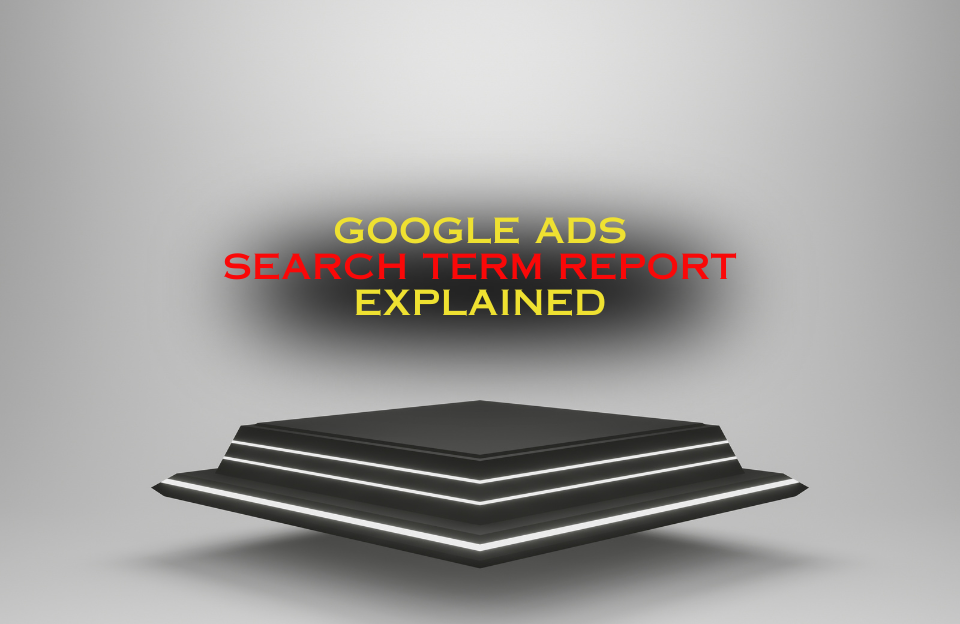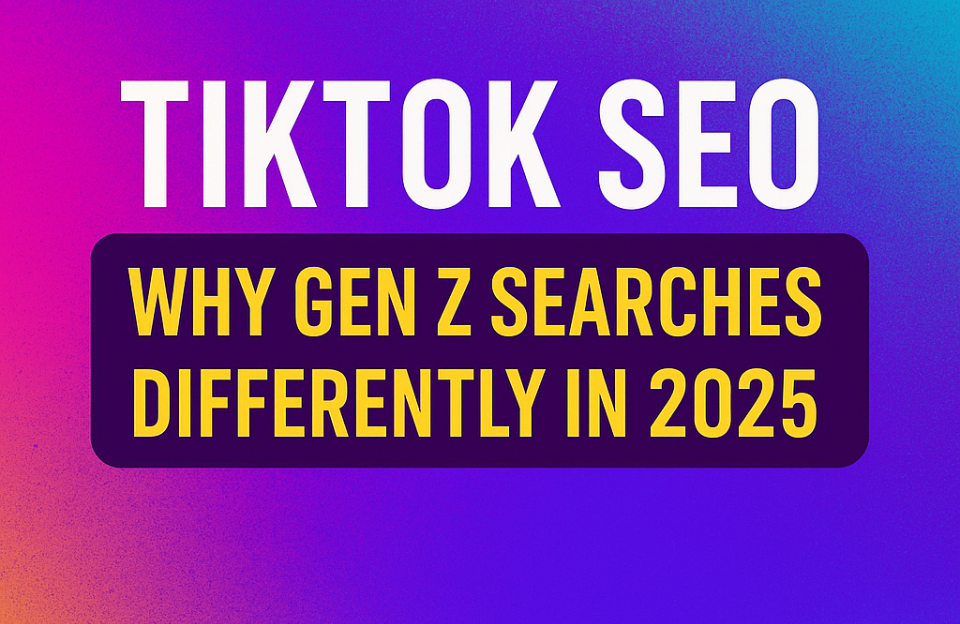System 1 and System 2: How Kahneman’s Brain Model Shapes Modern Marketing
Most marketing fails not because the product is bad, but because it talks to the wrong part of the brain. Nobel laureate Daniel Kahneman, a founding father of behavioral economics, introduced the powerful concept of System 1 and System 2 thinking a dual-process model that explains how we think, feel, and decide. For marketers, this framework is nothing short of transformative.
What Are System 1 and System 2?
Kahneman’s model was popularized in his best-selling book Thinking, Fast and Slow and is based on decades of psychological research. It describes two distinct modes of thinking:
- System 1: Fast, automatic, intuitive, emotional, effortless
- System 2: Slow, deliberate, logical, analytical, effortful
System 1 is always running in the background. It helps us react to a honking horn, read someone’s facial expression, or form an instant opinion about a website. It’s instinctive and energy-efficient. But it’s also impulsive and prone to bias.
System 2 is the mental heavyweight. It kicks in when we solve a math problem, weigh pros and cons, or learn a new skill. It’s slower but more reliable and far more demanding. In fact, our brains try to avoid using System 2 unless absolutely necessary.
Why This Matters for Marketers
Here’s the key insight: System 1 drives most of our daily decisions, including the vast majority of consumer behavior. From scrolling through social media to picking a shampoo brand in the store, people often don’t deliberate, they react. They feel.
This has massive implications. If you’re designing campaigns, ads, or content to appeal to rational thought (System 2), you’re likely missing the moment when the decision is actually made. The most effective marketing speaks to System 1 where first impressions, emotional triggers, and subconscious associations live.
System 1 in Action: How It Influences Consumer Behavior
System 1 thinking leads to what behavioral scientists call heuristics mental shortcuts that simplify complex decisions. These shortcuts are not always accurate, but they are fast and often “good enough.” Examples include:
- Availability heuristic: If something comes to mind easily (e.g., a familiar brand), we assume it’s more important or trustworthy.
- Affect heuristic: We base decisions on how something makes us feel, not its factual value.
- Anchoring: Our brain latches onto the first number or piece of information it sees, even if it’s arbitrary.
Marketers exploit these heuristics often without knowing it when they use emotional imagery, limited-time offers, social proof, or striking visuals. These tactics bypass System 2 entirely and go straight to where decisions are made.
Coca-Cola: A System 1 Marketing Masterclass
One of the clearest examples of System 1-driven marketing is Coca-Cola. Look at their campaigns. Do they talk about ingredients, calorie counts, or price comparisons? Rarely. Instead, Coca-Cola appeals directly to System 1 with:
- Warm colors and iconic design
- Music and seasonal cues (e.g., holiday trucks)
- Emotion-driven themes: happiness, nostalgia, unity
These elements tap into feelings and memories, building brand affinity at a subconscious level. You don’t analyze your choice to grab a Coke—you just feel like it. That’s System 1 at work.
System 2 in Marketing: When Logic Matters
Although System 1 dominates most consumer decisions, System 2 still plays a role—especially in high-stakes, high-involvement purchases. Think:
- Buying a house, car, or insurance policy
- Choosing a B2B software solution
- Evaluating legal, health, or financial services
In these situations, buyers shift into System 2 mode. They ask questions, compare options, read reviews, and scrutinize fine print. Marketing to System 2 requires:
- Clear product specifications and features
- Evidence and testimonials
- Logical structure and transparency
- Trust signals (e.g., certifications, guarantees, expert endorsements)
But even here, System 1 isn’t absent it’s just in the background. Initial impressions, branding, and tone still shape whether someone wants to evaluate further.
Designing for Both Systems: The Smart Marketing Approach
The most powerful campaigns don’t choose between System 1 and System 2, they engage both, in the right order. Here’s how:
1. Attract with System 1
- Use emotion, color, rhythm, and simplicity to grab attention.
- Make the value proposition instantly clear and easy to feel.
2. Reassure with System 2
- Offer supporting information for those who want to dig deeper.
- Provide tools like calculators, FAQs, and feature comparisons.
This sequence mirrors how the brain works: feel first, think later. Emotional engagement opens the door; logic walks in behind.
Branding and System 1: Building Mental Availability
One of the goals of modern branding is to become the automatic choice in a category. This is called mental availability: the likelihood that a brand will come to mind in a buying situation. System 1 heavily influences this.
Brands like Nike, Google, and McDonald’s succeed not because they have the best specs—but because they’ve planted themselves deep in our intuitive, emotional System 1 memory. Through repetition, storytelling, and sensory cues, they’ve created instant familiarity.
Common Mistakes: Ignoring System 1
Many marketers still overestimate how rational their audience is. They make these mistakes:
- Overloading with information: More detail ≠ better. It leads to cognitive fatigue and disengagement.
- Focusing only on features: Features matter, but benefits that trigger emotion convert better.
- Flat design and copy: Bland visuals and generic messaging fail to activate emotion or attention.
Understanding the dominance of System 1 helps avoid these traps and build more effective messaging.
Neuromarketing and System Thinking
Neuromarketing, as a discipline, owes much of its foundation to Kahneman’s work. By using technologies like EEG, fMRI, and eye-tracking, researchers measure non-conscious responses to stimuli—essentially observing System 1 in real time. This data helps marketers:
- Identify which designs or messages evoke emotional responses
- Refine touchpoints for maximum engagement
- Understand where attention drops and friction occurs
With System 1 as the primary target, neuromarketing enables campaigns that resonate emotionally and convert effectively.
System 1 in Digital UX and Product Design
System 1 thinking isn’t limited to advertising. It also influences:
- Website design: Visual hierarchy, CTA contrast, and layout affect instant judgment.
- App usability: Simple onboarding and intuitive flows reduce System 2 strain.
- E-commerce: Product pages with visual appeal, star ratings, and “Add to cart” clarity win over cluttered detail-heavy pages.
Designers who create for System 1 reduce friction and boost retention without ever needing to say a word.
Conclusion: Fast Thinking Wins Attention, Trust, and Sales
Daniel Kahneman’s System 1 and 2 model reframes how we understand human behavior and how we should communicate with our audience. Most decisions aren’t calculated. They’re felt. They’re fast. They’re emotional. That’s why marketing must meet consumers in System 1 first.
But smart marketing doesn’t stop there. It earns attention and trust through System 1, and then earns confirmation through System 2. When brands master this balance, they don’t just reach people, they move them.
In the age of distraction, noise, and limited attention spans, knowing how the brain makes decisions is your ultimate competitive advantage.




